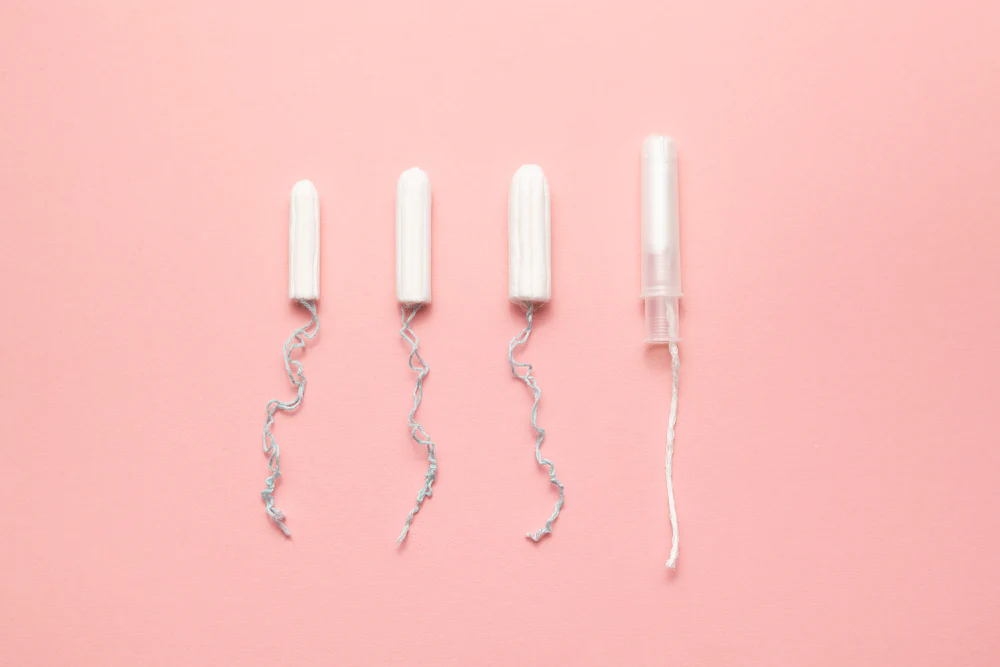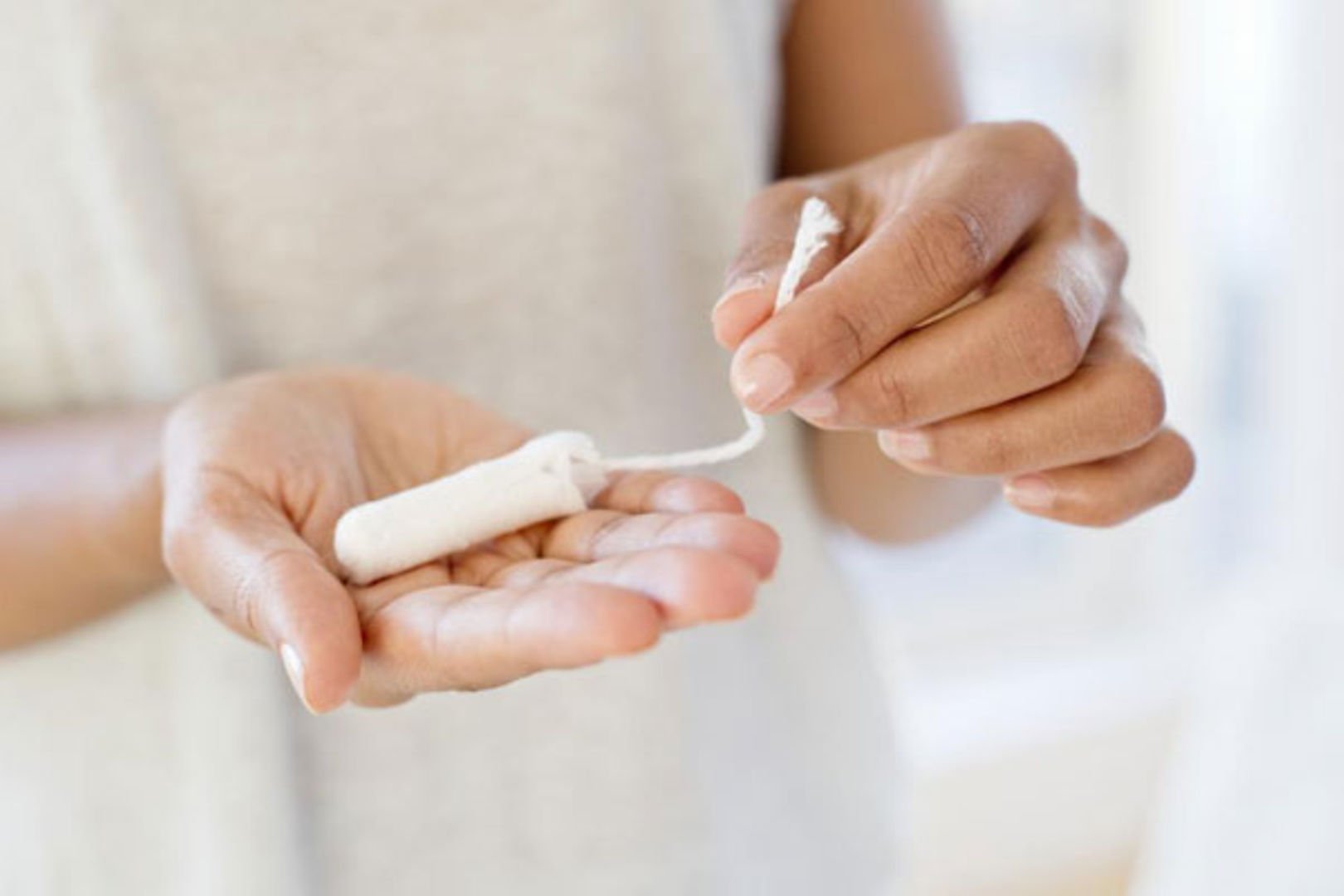Are you tired of dealing with the frustration of your tampons falling out? Well, you’re not alone. Many women have experienced this pesky problem, and it can be quite annoying. But fear not, because I’m here to help you understand why this happens and what you can do about it.
Contents
Why Do Tampons Fall Out?

When your tampon falls out unexpectedly, it can be frustrating and uncomfortable. There are several reasons why this can happen, and understanding them can help you find a solution that works for you. Here are some common causes for tampon slippage:
1. Improper insertion technique
One possible reason for tampon slippage is improper insertion technique. If you’re new to using tampons or if you’re not inserting them correctly, they may not stay in place. It’s important to insert the tampon far enough so that it cannot be felt at the opening of your vagina. Take your time and make sure it’s properly positioned to avoid any discomfort or leakage.
2. Wrong tampon size
Using the wrong size tampon can also cause it to fall out. If your tampon is too small, it may not provide the necessary grip to stay in place. On the other hand, if your tampon is too big, it can feel uncomfortable and may not fit correctly. Finding the right size for your flow is crucial for a secure and comfortable fit.
3. Weak pelvic floor muscles
Weak pelvic floor muscles can contribute to tampon slippage. These muscles are responsible for supporting the organs in your pelvis, including the bladder, uterus, and vagina. When these muscles are weak, they may not be able to hold the tampon in place. Doing pelvic floor exercises, such as Kegels, can help strengthen these muscles and prevent tampon slippage.
4. Vigorous physical activity
Engaging in vigorous physical activities, such as running or jumping, can cause the tampon to shift or fall out. The movement and increased pressure on the pelvic area can dislodge the tampon, especially if it’s not properly inserted or the wrong size. Consider using a tampon with a higher absorbency level or a menstrual cup or disc that is less likely to shift during physical activity.
5. Vaginal prolapse
In some cases, tampon slippage can be a symptom of a more serious condition called vaginal prolapse. This occurs when the pelvic organs, such as the bladder, uterus, or rectum, descend or bulge into the vaginal canal. Vaginal prolapse can weaken the pelvic floor muscles and make it difficult for the tampon to stay in place. If you suspect you have vaginal prolapse, it’s important to consult with a healthcare professional for proper diagnosis and treatment.
By understanding the reasons behind tampon slippage, you can take steps to prevent it and ensure a more comfortable and worry-free period experience. Remember to use the right size tampon, practice proper insertion technique, and consider options like pelvic floor exercises or alternative period products if tampons continue to fall out.
What To Do If Your Tampon Keeps Falling Out?

Choose the correct tampon size
If your tampon keeps falling out, one possible reason could be that you’re using the wrong size. It’s important to find the size that fits you best. Here’s what you can do:
- Consider the intensity of your menstrual flow. If you have a heavy flow, a larger or extra-large tampon may be more suitable.
- Avoid using tampons that are too small or too big as they may not create a proper grip with your vaginal muscles.
- Remember, finding the right size may require a bit of trial and error. Don’t get discouraged, it’s all about finding your perfect fit.
Insert the tampon properly
Proper insertion is key to keeping your tampon in place. Here are some tips to ensure it stays put:
- Take your time and be mindful of the insertion process. Rushing can lead to improper placement and a higher risk of the tampon falling out.
- Make sure to insert the tampon far enough into your vagina. If you can feel or touch the tampon at the opening of your vagina, it means it hasn’t been inserted deep enough.
- If you’re new to using tampons, consider using tampons with an applicator. The applicator can help with proper insertion and ensure the tampon is placed correctly.
Strengthen pelvic floor muscles
Weak pelvic floor muscles can contribute to tampon slippage. Strengthening these muscles can help improve the grip and support of your tampon. Here’s what you can do:
- Try doing Kegel exercises to strengthen your pelvic floor. These exercises involve contracting and relaxing the muscles that control urine flow. You can start with short contractions and gradually increase the duration over time.
- Practice pelvic floor exercises regularly, ideally three times a day, to effectively strengthen the muscles.
Consider alternative menstrual products
If tampons continue to fall out despite trying these tips, you may want to consider exploring alternative menstrual products. Here are a few options to consider:
- Menstrual cups: These reusable cups collect your menstrual flow and can be worn for up to 12 hours, providing a leakproof option.
- Period panties: These absorbent underwear can be worn alone or as backup protection with another menstrual product.
- Pads: Traditional pads provide a reliable and secure option for managing your period.
Remember, the most important thing is to find the method that works best for you and keeps you comfortable during your period. Don’t be afraid to experiment and try different products until you find the one that fits your needs.
By understanding why your tampon may be falling out and implementing these strategies, you can have a more comfortable and worry-free period. Keep in mind that every person’s body is unique, so what works for others may not work for you. Don’t hesitate to consult with your healthcare provider if you’re experiencing persistent issues with tampon slippage or if you have any concerns.
Conclusion
By following the tips provided in this article, you can address the issue of tampons falling out and ensure a comfortable and secure fit. Remember to select the appropriate size tampon based on your menstrual flow to prevent leakage and sagging. Additionally, using the proper insertion technique, such as angling the tampon towards your lower back, can help keep it in place.
Experimenting with different absorbency levels and brands can also make a difference in finding the right tampon for you. Lastly, if you continue to experience difficulties, it’s always a good idea to consult with a healthcare provider who can provide personalized advice and recommendations. Taking the time to find the method that works best for you will help you feel confident and secure during your menstrual cycle.
Frequently Asked Questions
How do I know my tampon size?
Consumers should choose a tampon based on their flow. Light or Regular tampons are suitable for lighter periods, while Super or Ultra tampons are recommended for heavier flow. Consider your menstrual schedule when selecting the appropriate tampon size.
What is the easiest tampon to insert?
Tampax Pearl Light tampons are smaller, slimmer, and come with an easy-to-use plastic applicator. They have an anti-slip grip for easy insertion.
Can I get TSS from pulling out a dry tampon?
Using more absorbent tampons can increase the risk of bacteria retention. Pulling out a dry tampon before it’s saturated with blood may cause tiny tears, potentially introducing bacteria into the body.
Why does the tampon go sideways?
A tampon may go sideways if it comes into contact with the vaginal wall or cervix. This can be due to a tilted uterus, hitting nerves in the cervix, or lack of proper insertion technique. Practice inserting at the right angle for your body.
Why does it feel like I still have a tampon in?
The sensation of having a tampon inside, even when there isn’t one, could be caused by pelvic organs like the bladder or uterus pushing against the vaginal walls. It’s not painful but can feel like there’s something present.
I am a medical student with experience and interest in Women’s health and well-being.